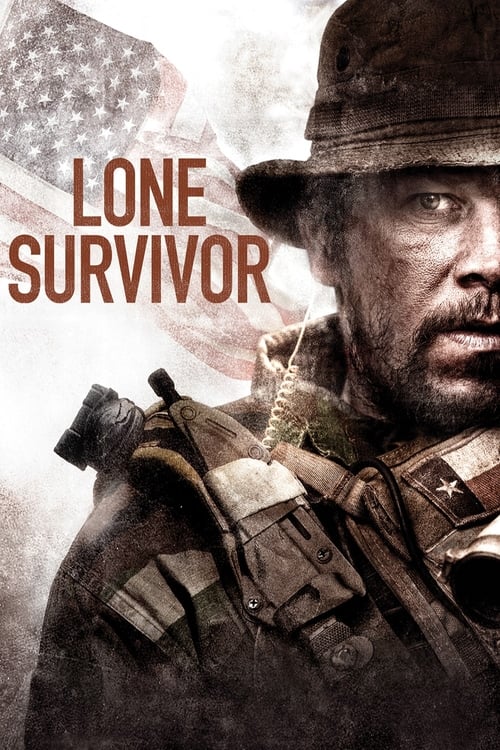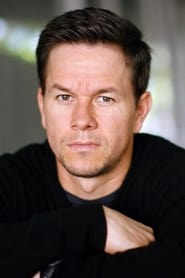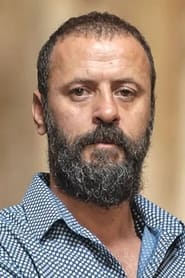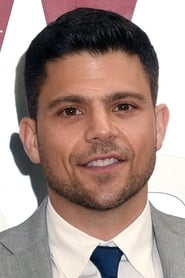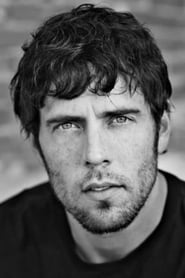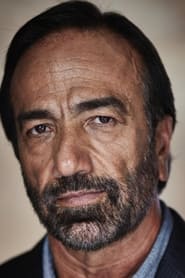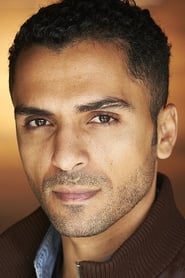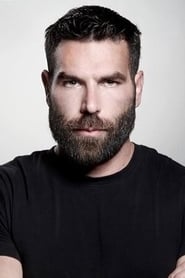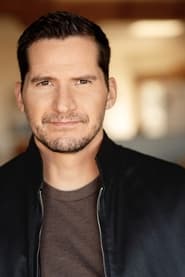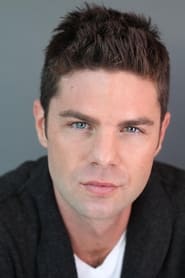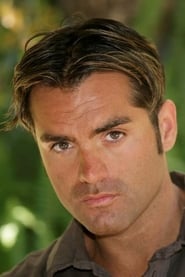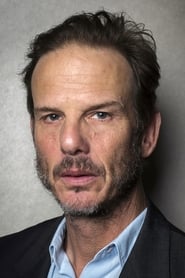Ask Your Own Question
What is the plot?
In the harsh, unyielding mountains of Afghanistan's Korangal Valley, June 2005, four Navy SEALs prepare for a mission that will test every ounce of their endurance and loyalty. The film opens with a montage of grueling Navy SEAL training, showcasing the physical and mental toughness required to become one of America's elite warriors. We meet the team: Lieutenant Michael Murphy, the resolute leader engaged to be married; Marcus Luttrell, the steadfast and reflective sniper; Matthew Axelson, fiercely loyal and protective; and Danny Dietz, the youngest, eager but battle-hardened. Their mission is clear but perilous: capture or kill Ahmad Shah, a ruthless Taliban warlord responsible for the deaths of American Marines and Afghan villagers who supported U.S. forces.
Under the cloak of night, the SEAL team is inserted by helicopter into the rugged Hindu Kush mountains. The terrain is unforgiving--steep cliffs, dense forests, and jagged rocks impede their movement and sever reliable communication with their command base, known as J-Bad. As dawn breaks, the team stealthily approaches Shah's last known location. They spot him, but their presence is compromised when an elderly shepherd and two teenage goat herders stumble upon them. One of the boys carries a walkie-talkie, a chilling sign that they may be Taliban sympathizers. The tension is palpable as the team debates their options. Axelson is adamant about killing the villagers to prevent any chance of betrayal, but Luttrell argues against it, fearing the consequences if the media or military command learn they killed children. Murphy, weighing honor and mission integrity, orders the release of the villagers, saying, "We don't kill unarmed civilians".
This decision, rooted in morality and the rules of engagement, marks the mission's turning point. As the SEALs begin to withdraw, the villagers sprint down the mountain, alerting Taliban forces. The team's extraction is compromised. Suddenly, the serene mountain landscape erupts into chaos as Taliban fighters swarm the area. The SEALs, though outnumbered, fight with lethal precision, taking down many insurgents. But the enemy's sheer numbers and the difficult terrain force the team into a desperate retreat.
During the fierce firefight, Dietz is struck and severely wounded. His breathing becomes labored; delirium sets in. In his pain and confusion, he shouts out, inadvertently revealing the team's position to the enemy. "Marcus, where are you? Marcus!" he calls out, his voice breaking through the cacophony of gunfire. The Taliban zero in on his location, and he is mercilessly gunned down. The loss of Dietz weighs heavily on the team, but there is no time to mourn.
Murphy, understanding their dire situation, makes a harrowing decision. He climbs a sheer cliff face under heavy fire to find a vantage point with a clear signal to call for reinforcements. The camera captures his grueling ascent, sweat and blood mingling on his face, muscles straining against the rock. Reaching the summit, he pulls out a satellite phone and whispers urgently, "This is Mike Murphy. We are under heavy fire. Request immediate assistance". His call is answered, and a Quick Reaction Force (QRF) is dispatched via two CH-47 Chinook helicopters.
But Murphy's heroic act comes at a fatal cost. As he finishes the call, Taliban fighters spot him and unleash a barrage of bullets. He falls backward off the cliff, his lifeless body tumbling down the rocky slope. The camera lingers on his fallen form, a stark contrast to the vibrant warrior who climbed moments before.
Meanwhile, Luttrell and Axelson continue to evade the Taliban, their bodies battered and bleeding. The firefight intensifies as the enemy closes in. Axelson is hit multiple times while trying to find cover and succumbs to his wounds, collapsing among the trees. Luttrell, now alone, faces the overwhelming enemy forces. An RPG detonates near him, blasting him into a rocky crevice. He submerges himself in a small pond, the cold water numbing his pain and masking his presence. When he surfaces, his eyes meet those of Mohammad Gulab, a local Pashtun villager who, despite the danger, chooses to honor his ancient code of hospitality and protect Luttrell.
Gulab hides Luttrell in his home, risking his family and community. The Taliban soon arrive, searching for the wounded SEAL, but the villagers stand firm, defending their guest with fierce resolve. Gulab sends a messenger to the American air base, pleading for rescue. The tension mounts as Taliban forces close in, but the loyalty of the Pashtun villagers holds strong.
American helicopters arrive, engaging the Taliban in a brutal firefight. The Taliban shoot down one Chinook, killing all aboard, a devastating blow that underscores the mission's cost. The other helicopter is forced to retreat without Luttrell. However, the combined efforts of the villagers and the arriving troops eventually secure Luttrell's extraction.
The film closes with a poignant montage: photographs of the real Marcus Luttrell, Mohammad Gulab, and the 19 American soldiers who lost their lives during Operation Red Wings. The screen honors the fallen--Murphy, Axelson, Dietz, the helicopter crew--and the villagers who risked everything to uphold their code of honor. The epilogue reveals that the Pashtun's protection of Luttrell stemmed from their deep cultural values, transcending the brutal conflict surrounding them.
"Lone Survivor" is not just a story of war but of brotherhood, sacrifice, and the complex interplay of duty and humanity in the face of overwhelming odds. It ends with Luttrell's survival, a testament to courage and the bonds that hold men together even in the darkest moments.
What is the ending?
In the ending of "Lone Survivor," Marcus Luttrell is the only member of his SEAL team to survive after a brutal firefight with Taliban forces in Afghanistan. He is rescued by local villagers who protect him from the Taliban, and he eventually makes contact with U.S. forces. The film concludes with a tribute to the fallen members of his team and the sacrifices made by military personnel.
As the film approaches its climax, the tension escalates dramatically. After a harrowing series of events, Marcus Luttrell, portrayed by Mark Wahlberg, finds himself alone in the rugged mountains of Afghanistan. His team, consisting of Michael Murphy, Danny Dietz, and Matt Axelson, has been decimated in a fierce battle against Taliban fighters. The scene is heavy with the weight of loss, as Luttrell recalls the camaraderie and brotherhood shared with his fallen teammates.
In the aftermath of the intense firefight, Luttrell is severely injured, struggling to navigate the treacherous terrain while evading the relentless pursuit of the Taliban. The landscape is stark and unforgiving, mirroring his internal turmoil. He is haunted by the memories of his comrades, their faces etched in his mind as he fights to survive against overwhelming odds.
As he stumbles through the mountains, Luttrell encounters a group of Afghan villagers. Initially, he is wary, fearing they may turn him over to the Taliban. However, the villagers, led by a man named Gulab, choose to protect him, demonstrating a profound act of humanity amidst the chaos of war. This pivotal moment highlights the theme of loyalty and the complexities of cultural relationships in conflict zones.
The Taliban soon discovers Luttrell's presence among the villagers, leading to a tense standoff. The villagers stand firm, refusing to betray Luttrell, which ultimately costs them dearly. The scene is charged with emotion as Luttrell witnesses the villagers' bravery and sacrifice, contrasting sharply with the violence he has experienced.
Eventually, U.S. forces are able to locate Luttrell, thanks to the villagers' assistance. The rescue operation is fraught with danger, but Luttrell's relief is palpable as he is finally extracted from the hostile environment. The film captures the moment with a sense of bittersweet victory, as Luttrell reflects on the cost of survival and the loss of his friends.
In the final scenes, the film pays tribute to the fallen members of Luttrell's team: Michael Murphy, Danny Dietz, and Matt Axelson. Their sacrifices are honored with a montage of images and text, emphasizing the bravery and dedication of those who serve in the military. Luttrell's journey concludes with a sense of solemnity, as he grapples with the weight of his survival and the memories of his comrades who did not make it home.
The film ends on a poignant note, underscoring the themes of sacrifice, loyalty, and the harsh realities of war, leaving the audience with a lasting impression of the courage displayed by both Luttrell and the villagers who risked everything to save him.
Is there a post-credit scene?
The movie "Lone Survivor," produced in 2013, does not have a post-credit scene. The film concludes with a powerful and emotional ending that focuses on the real-life events surrounding the Operation Red Wings mission and the sacrifices made by the Navy SEALs involved. After the intense and harrowing portrayal of the mission, the film ends with a tribute to the fallen soldiers, including a dedication to their memory, but there are no additional scenes or content after the credits roll. The film emphasizes the themes of bravery, brotherhood, and the harsh realities of war, leaving the audience with a poignant reflection on the cost of service.
What mission were Marcus Luttrell and his team assigned to in Lone Survivor?
Marcus Luttrell and his team, known as SEAL Team 10, were assigned to Operation Red Wings, a mission to capture or kill a Taliban leader named Ahmad Shah. The operation took place in the mountainous terrain of Afghanistan in 2005.
What challenges did the SEAL team face during their mission?
The SEAL team faced numerous challenges during their mission, including difficult terrain, harsh weather conditions, and the discovery of a group of goat herders. The decision to let the herders go instead of killing them ultimately led to their ambush by a large Taliban force.
How did Marcus Luttrell survive after the ambush?
After the ambush, Marcus Luttrell was severely injured but managed to escape into the mountains. He evaded capture for several days, hiding from the Taliban and relying on his survival skills. Eventually, he was found and rescued by local villagers who helped him reach safety.
What role did the local villagers play in Marcus Luttrell's survival?
The local villagers, particularly a man named Gulab, played a crucial role in Marcus Luttrell's survival. They sheltered him from the Taliban, provided him with food and medical care, and ultimately helped him reach safety, despite the risks involved in aiding an American soldier.
What were the fates of the other members of Luttrell's team during the mission?
The other members of Luttrell's team, including Michael Murphy, Danny Dietz, and Matthew Axelson, were killed during the ambush. Michael Murphy was posthumously awarded the Medal of Honor for his bravery, having made a final call for help despite being under heavy fire.
Is this family friendly?
"Lone Survivor," produced in 2013, is not considered family-friendly due to its intense and graphic content. Here are some potentially objectionable or upsetting aspects that may affect children or sensitive viewers:
-
Graphic Violence: The film contains numerous scenes of intense combat, including gunfire, explosions, and injuries. The depiction of soldiers being shot and wounded is particularly graphic and realistic.
-
Death and Injury: There are several scenes showing the aftermath of violence, including the physical and emotional toll on the characters. The portrayal of death is raw and impactful.
-
Strong Language: The dialogue includes frequent use of strong profanity, which may be inappropriate for younger audiences.
-
Emotional Trauma: The film explores themes of loss, sacrifice, and the psychological impact of war, which may be distressing for some viewers.
-
Realistic War Environment: The depiction of a military operation in a hostile environment can be intense and may evoke feelings of fear or anxiety.
Overall, the film's mature themes and graphic content make it unsuitable for children and potentially upsetting for sensitive viewers.

